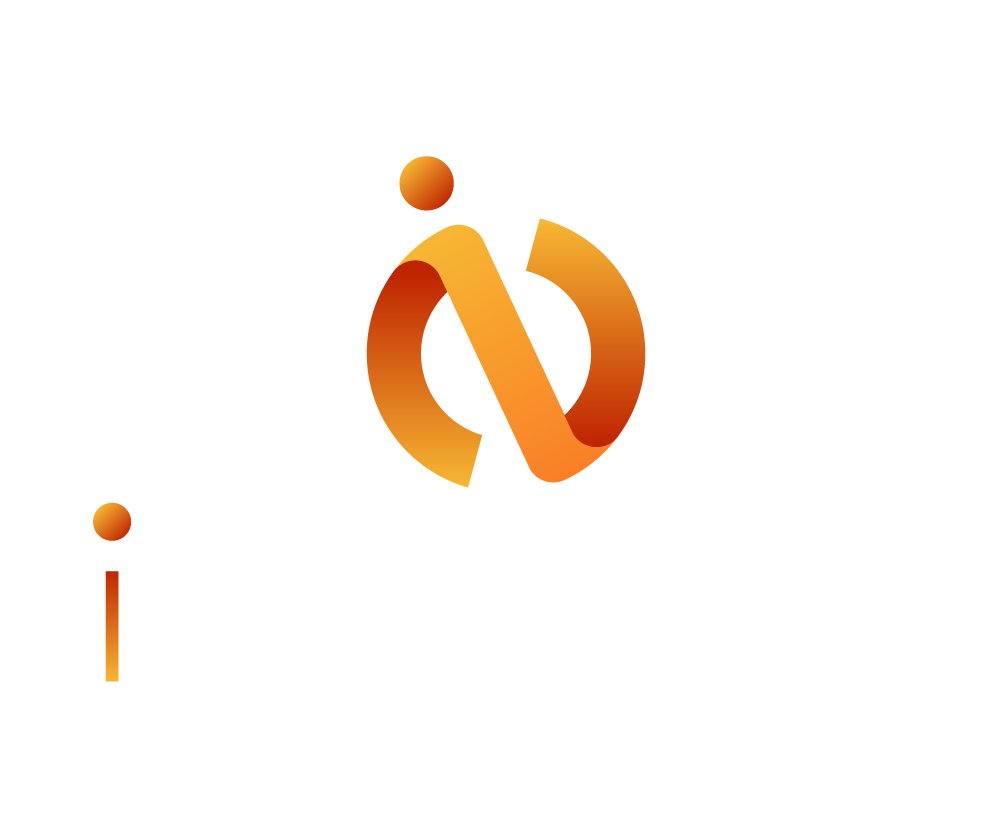The latest survey released by the New Zealand Law Society, which was collated by KPMG, has shown that operational costs have increased while billable hours recorded have been in decline. You don’t need to be a CFO or a finance expert to realise that this means that profits, while still high compared to other sectors, will be less than previous years.
The survey has some particularly interesting findings, as an example on average practices spent $944,959 on non-recoverable overheads in 2021 and about $1.25 million in 2023. Indeed, on average, overhead costs for a NZ law practice have increased by 15.3% annually from 2021 to 2023.
This marks a significant rise in overhead expenditure. This increased expenditure was found to be across five operational areas which are:
- Finding and retaining quality staff.
- Tech and Digital Upgrades.
- Managing cashflow and workflow.
- AML & CFT.
- Legal aid rates and billing (for those whom this last one applied to).
What was clear from the findings is that the biggest challenge, and one that for a number of years firms have struggled with most, is finding and retaining quality staff. The survey found that recruitment costs alone had almost doubled. With legal staff being essential for the generation and delivery of billable work, firms have chased and recruited talent, paying higher wages to secure fee-earners which also means recruitment fees have increased in line with this. The survey found that 68.1% of overhead costs for law practices in NZ are related to the costs of hiring, retaining and developing staff.
Clearly this is a significant challenge, and the comments that were shared by those surveyed in the medium and large firm categories really highlight this issue.
Medium firms (20-49 lawyers) – staffing challenges respondent quotes:
“Recruiting and retaining solicitors of appropriate ability and experience.”
“Attracting and retaining staff.”
“Finding relevant qualified legal staff in the 3-6 year band.”
Large firms (50+ lawyers) – staffing challenges respondent quotes:
“Recruiting experienced lawyers particularly in our provincial offices.”
“Shortage of skilled staff.”
“Greater supply of quality experienced lawyers.”
Facing up to the findings of the survey.
As the cost of running a law firm rises there are only two levers that can realistically be pulled to maintain profits and PPEP. The first is to increase revenue by driving efficiency in increasing billable hours per lawyer, and increasing charge-out rates. However, in the current economic climate that is not easy to do. The second is to get control of rising costs and particularly those spiralling recruitment fees, which many firms don’t really have control of.
Taking control of your future recruitment.
A law firms’ product is its people, and beyond that they are an integral part of developing, building and maintaining the firm’s culture. Getting recruitment right and ensuring that staff retention is high needs to be a priority for all managing partners and senior leadership teams with law firms.
Yet many firms have a reactive hiring policy. Only looking to speak to potential hires and identifying talent when a vacancy has occurred. This means that the talent pool you are speaking to is very limited as it is only those who are actively in the market for a new job. The competition for this talent is intense and even if it is secured, culturally it may well not be the right fit for your practice. Many hiring manager’s will have experienced what happens with a compromise hire.
To reduce costs and ensure the right talent is on board, it pays to be proactive and have a pipeline of talent that you are actively nurturing and speaking with ahead of any vacancies arising. While this may seem hard, the reality is that the networks your firm has are key to winning the talent race.
Unlocking your firm’s networks.
The connections that exist within your firm to other lawyers is extensive. The challenge is identifying who your people know and who is best internally to reach out to that talent. However, utilising technology can help you achieve this efficiently and cost-effectively.
Recently, Insource have been working with firms helping them to identify the connections their firm has with leading talent, which has helped them to save time in identifying and recruiting talent as well as significant costs savings in the hiring process. As Jenn Little comments, “The greatest untapped resource that the majority of firms have that will help them win the talent war, is the networks their people have. Over the last year we have seen firms using our platform to uncover and leverage the power of these networks to secure the right talent and save tens of thousands of dollars in the recruitment process per hire. It’s something that I feel all firms should be looking at in the current climate”.
Conclusion
Like all consultancy and professional services firms, the model for running a legal business is relatively profitable. Services are at the premium end of business charges which means as long as operational costs are controlled the profits for the firms and its owners, should be high. This latest survey has shown that unsurprisingly costs are rising, in line with the wider economy. However, the costs of recruiting legal talent and retaining it is one that firms have been grappling with for a considerable period of time.
Further information on the New Zealand Law Society Report and it’s findings can be found here.

